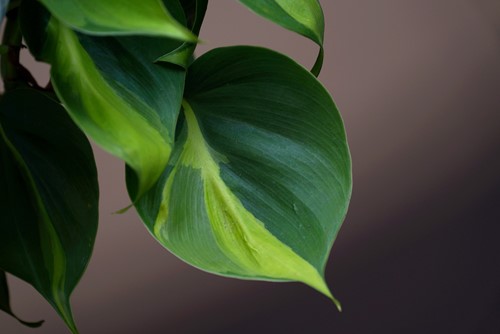Jennifer Johansen
Jennifer is passionate about the Real Estate business, and has been involved in related family businesses in construction, architectural millwork, and finance for 20 years. She and her husband relocated to Naples, from New York, 10 years ago, although her family has owned property on Marco Island since the 1980's. She has a Bachelor's Degree in Psychology and a Dual Master's Degree in Counseling and Education. She has acquired many necessary skills that are useful in Real Estate from being in the field of Counseling for many years. She holds the belief that building rapport is vital to helping her clients have a positive experience, while achieving their goals. She is very thorough and detail oriented, and has formed many close relationships with professionals in related fields, such as law, title insurance, home inspectors and other contractors. She aims to offer concierge- level service to her clients at every price point. When time permits, she enjoys spending time with family and friends. Having grown up on the South Shore of Long Island, and enjoying her summers on Fire Island, she loves any activity related to salt water, boating and the beach. Additional hobbies include gardening, art, and studying nutrition, wellness and naturopathy. She is knowledgeable about Naples and Marco Island Real Estate, in estate areas, golf/gated communities, and waterfront properties. She is a member of The Naples Board of Realtors and Marco Island Area Association of Realtors.

